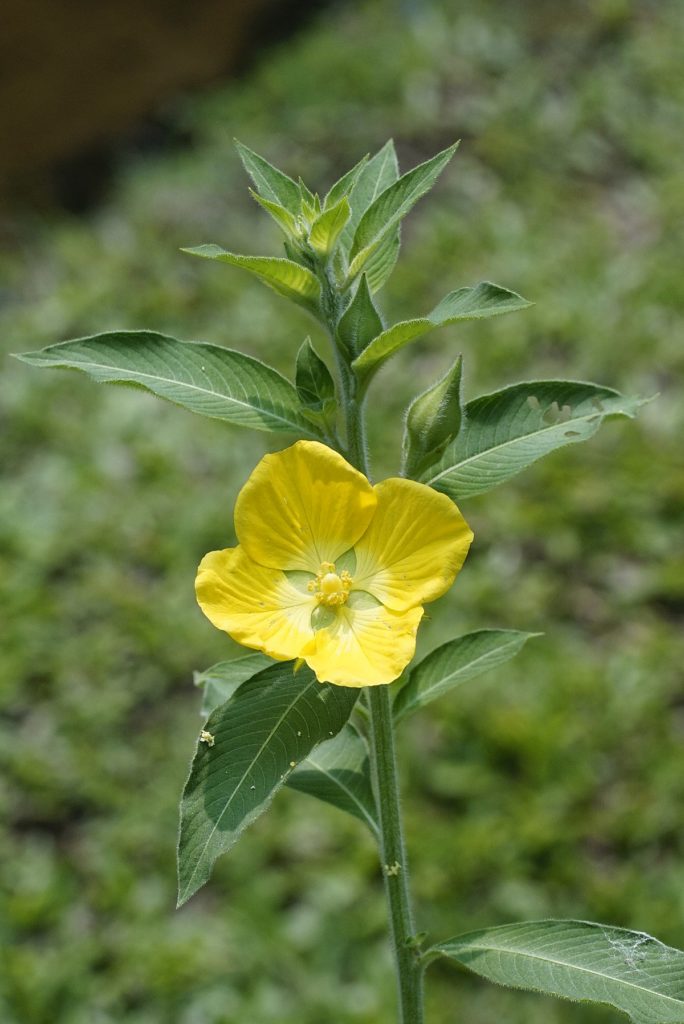ForumIAS announcing GS Foundation Program for UPSC CSE 2025-26 from 19 April. Click Here for more information.
ForumIAS Answer Writing Focus Group (AWFG) for Mains 2024 commencing from 24th June 2024. The Entrance Test for the program will be held on 28th April 2024 at 9 AM. To know more about the program visit: https://forumias.com/blog/awfg2024
Contents
Source: The post is based on the article “Invasive weed threatens elephant habitats in Tamil Nadu” published in The Hindu on 22nd July 2023.
What is the News?
An Invasive aquatic weed named “Ludwigia peruviana” is threatening elephant habitats in Tamil Nadu and reviving the risk of human-elephant conflicts in the region.
What is Ludwigia peruviana?
Source: Wikipedia
Ludwigia peruviana is an aquatic weed native to some countries in Central and South America, including Peru.
It is usually found in wetlands, swamps, marshes and along the edges of lagoons and slow-moving waterways (sometimes also floating on the water surface).
Why is Ludwigia peruviana an invasive plant?
Ludwigia peruviana is among the 22 priority invasive plants in Tamil Nadu. It was probably introduced as an ornamental plant for its tiny yellow flowers.
However, it is now challenging the existence of local vegetation in various swampy areas.
It is a fast growing aquatic weed. It forms dense colonies in slow-moving and static waterways.
This impacts the water flows in waterways, outcompetes native plants, reduces food and shelter for fish and other native aquatic animals and decreases light and water temperature.
Moreover, unlike other invasive plants, Ludwigia poses a unique challenge as it grows in swamps and there is little scope to use machinery which may further destroy the ecosystem.
Even if Ludwigia is pulled out manually, the soft plant easily breaks and it spreads again from the root or broken stems that fall in the swamp.
How is Ludwigia peruviana impacting elephant habitats?
In Tamil Nadu, Ludwigia peruviana has limited the growth of grass and native plants that is a source of food for elephants and other animals including gaur. This has revived the risk of human-elephant conflicts in the region.





